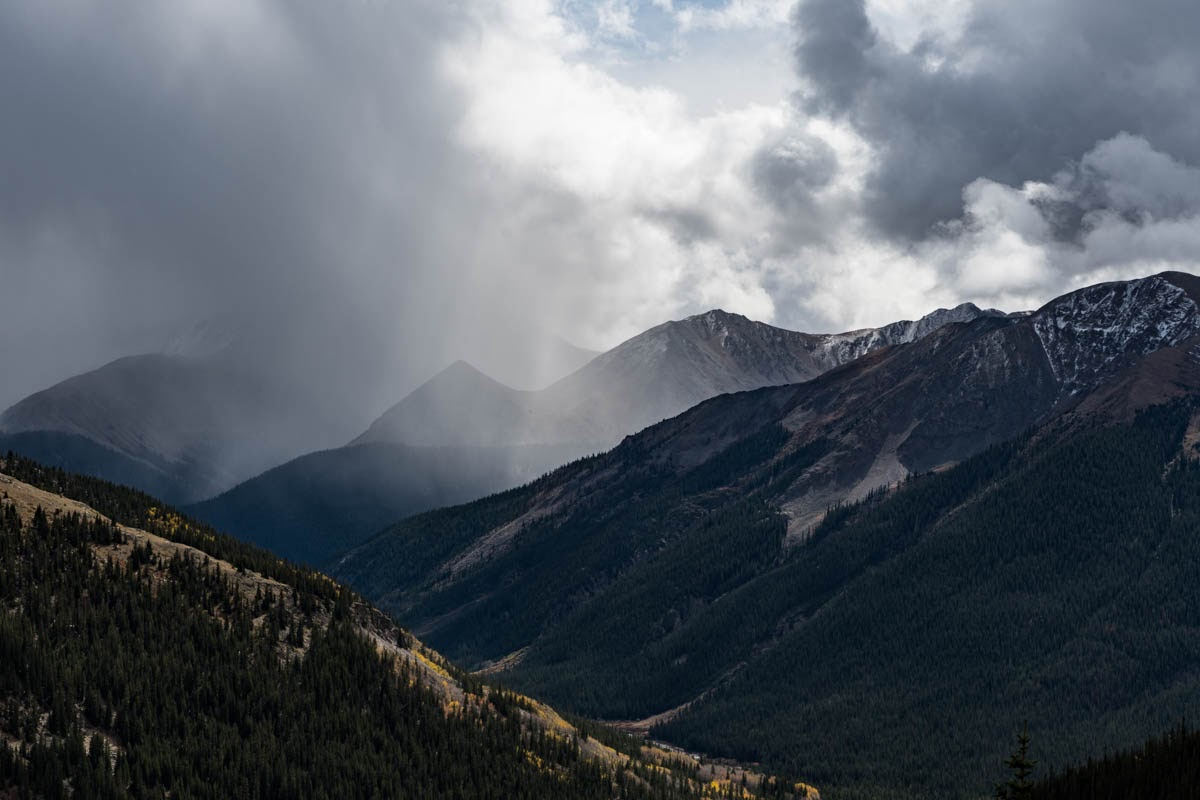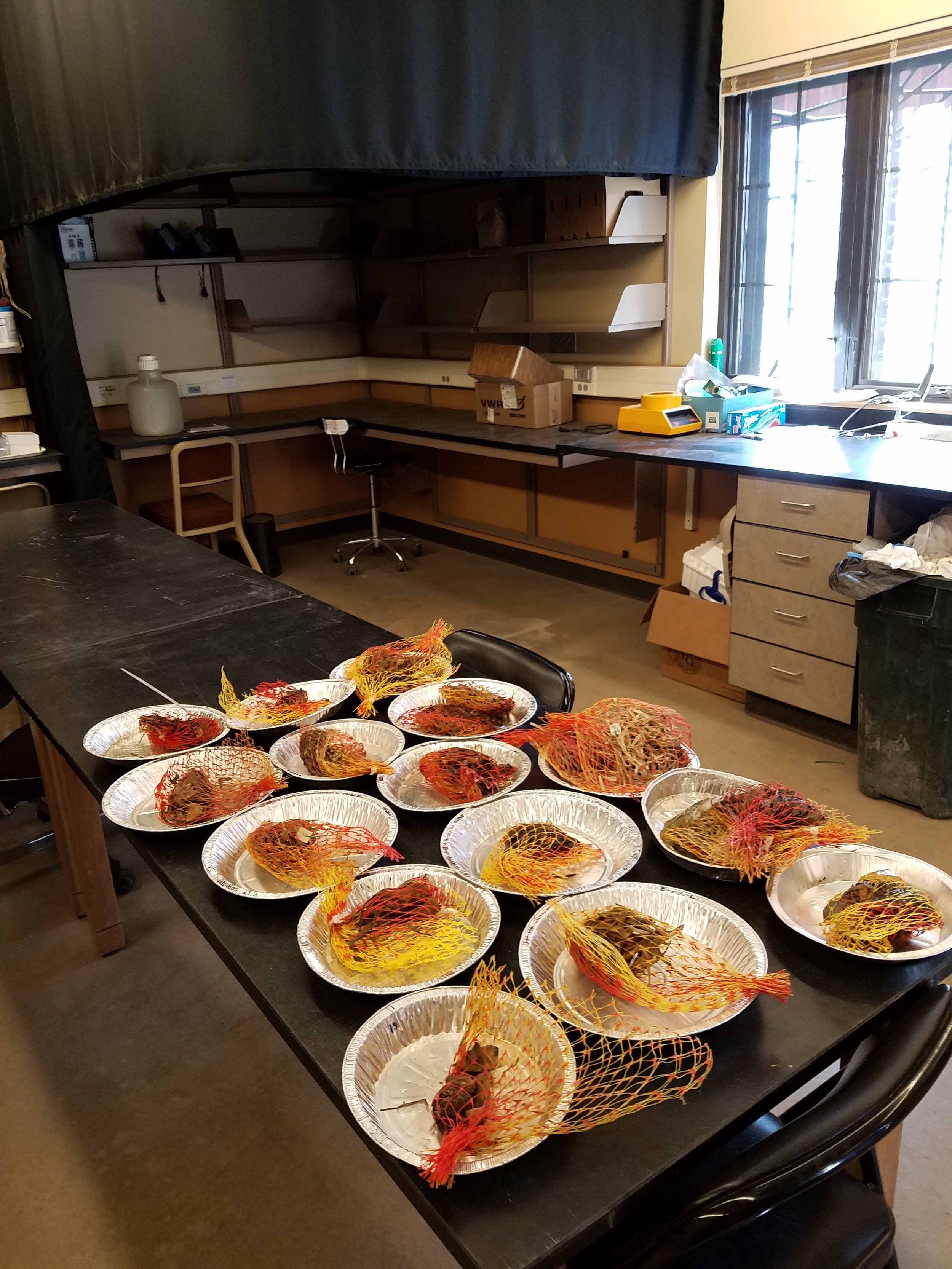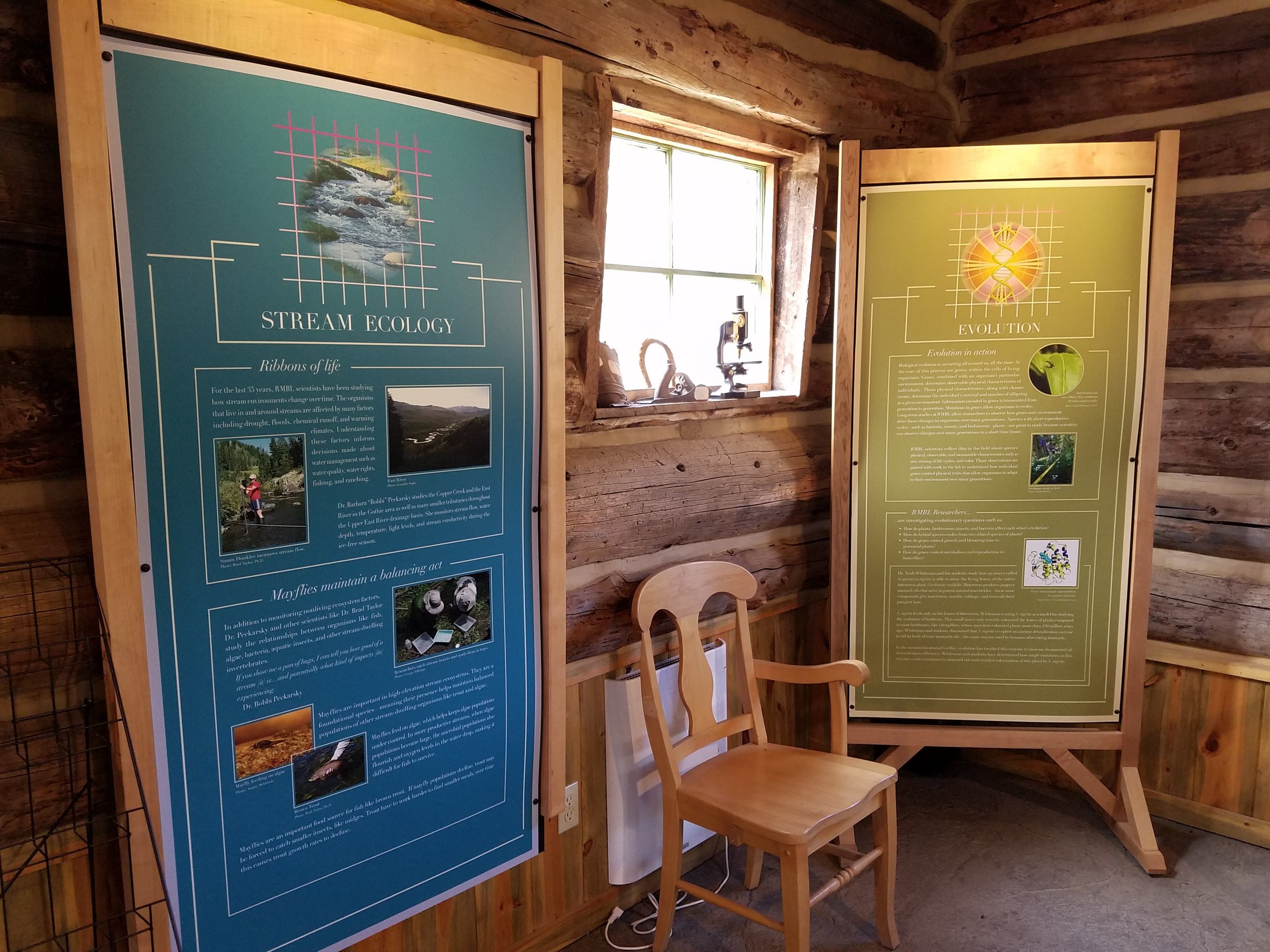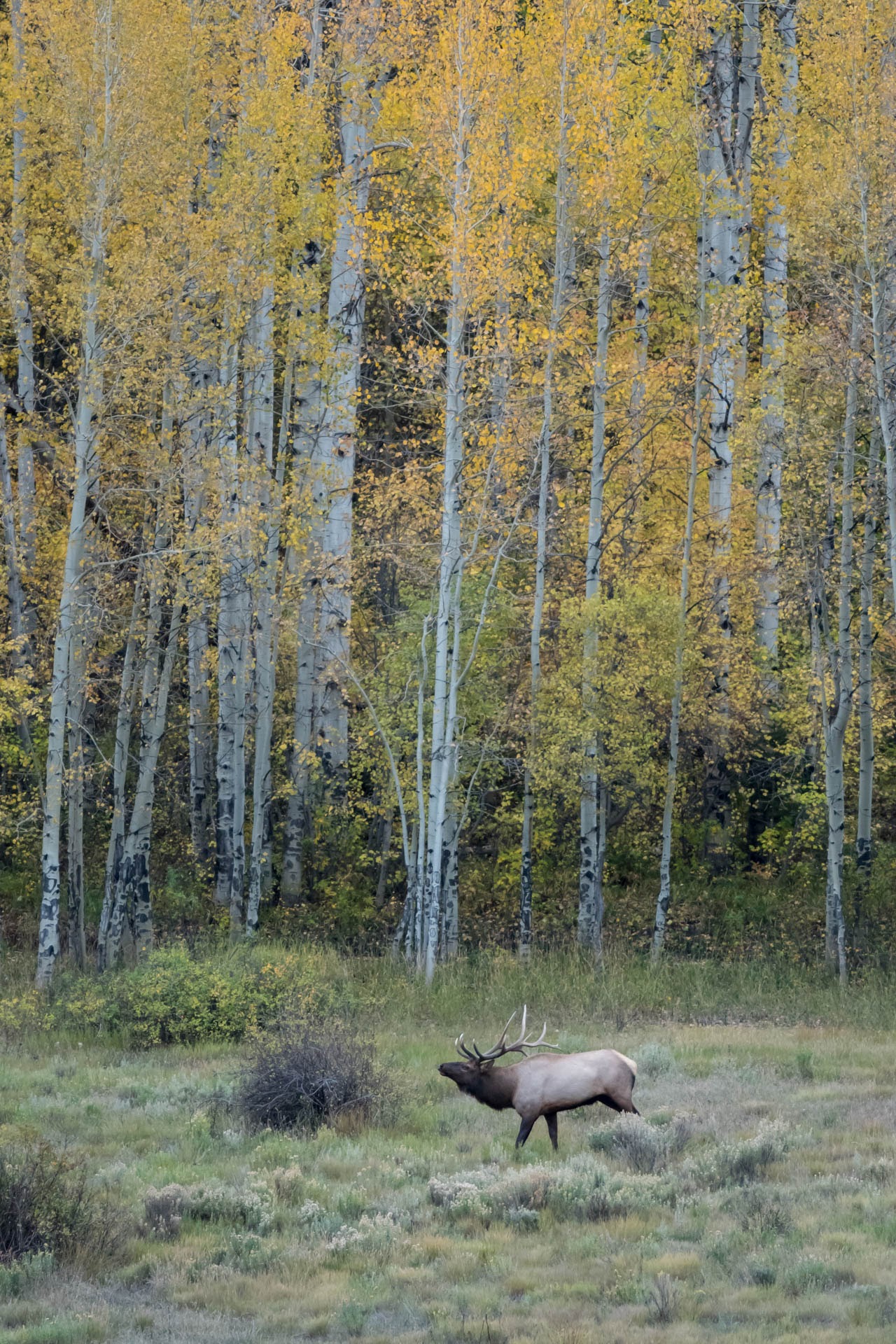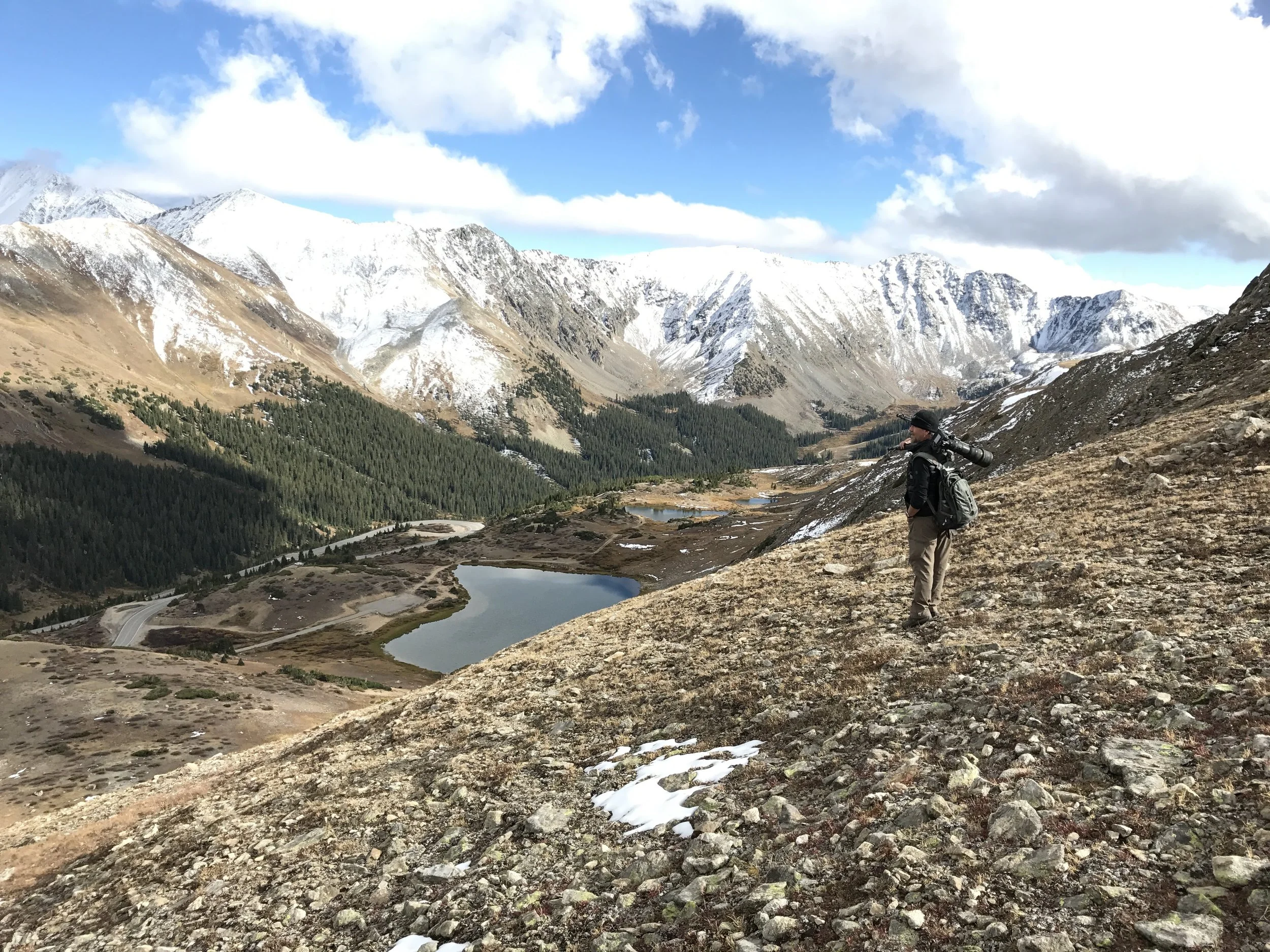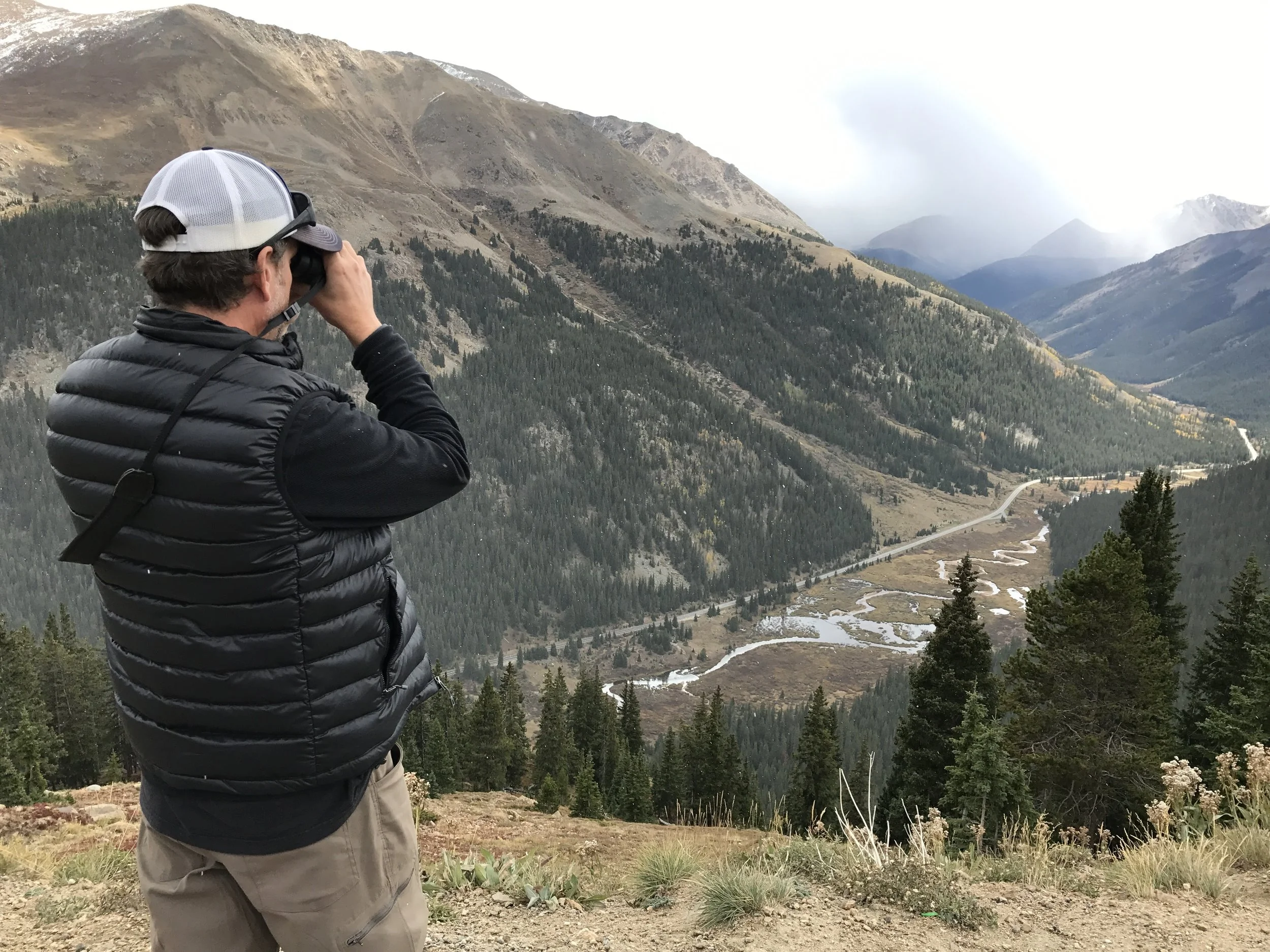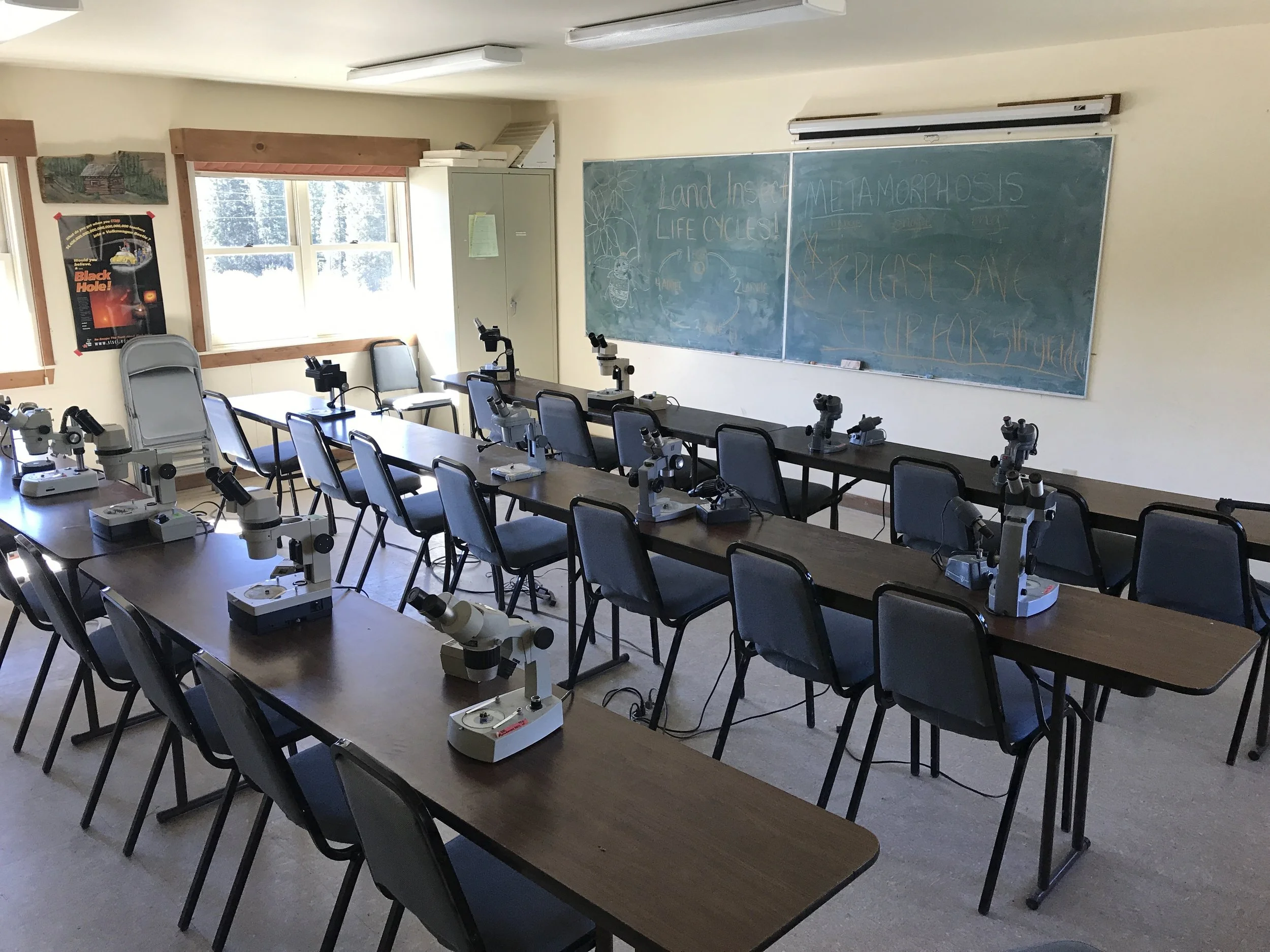Learning from the Best of the Best!
What if you could look 10 years into the future, 20 years or 50 years? A few weeks ago, Blue Ridge Discovery Center had our very own crystal ball! Thanks to a small grant from the Harris and Francis Block Foundation we had the opportunity to study and learn from our counterparts at some of the best science centers, schools and field labs in the country! The trip took us to the Central Colorado Rocky Mountains, where the landscape and culture provided an ideal compare and contrast to the Blue Ridge Mountains!
Our goal was to find inspiration, insight, and knowledge on the trip, and boy did we find it in spades! We visited and met with staff at four premiere institutions, all slightly different, but with core components that could be ideal models for BRDC going forward. With 14,000' peaks in all directions, communities are obviously limited to the valley floors and separated by high elevation passes, therefore each major valley, segmented from the others, had its own version of BRDC:
Rocky Mountain Biological Laboratory (Crested Butte/Gunnison) - Established in 1928, RMBL's core function is to host and foster scientists doing research on their 600 acres and surrounding National Forest. RMBL's campus consisted of an array of cabins, research laboratories, specimen collections, common areas, and classrooms. Located in the abandoned mining town of Gothic at 9,400', RMBL gets nearly 40' of snow a year! It shuts completely down in the winter and moves to offices in nearby Crested Butte. Scientists working with RMBL publish over 30 research projects a year, one of the highest publication rates of any biological field station in North America.
Aspen Center for Environmental Studies (Aspen) - Established in 1968, ACES is located in one of the wealthiest communities in the country, Aspen, CO. With that being said, they have stayed humble and to their roots! ACES provides four main services to the community: School Programs where they visit the schools and host field trips; Guided Naturalist Walks in partnership with local corporations and the USFS; Research/Restoration/Stewardship Projects in partnership with the USFS; and a Nature Center. Of those four, the Research/Restoration/Stewardship branch is one we have not seen before and especially intrigues BRDC because of its immediate impact, the potential to combine education with fieldwork, and our partnership opportunities with the USFS. ACES had also established major relationships with nearby schools - providing three full-time teachers to teach environmental studies courses in the schools.
Keystone Science School (Keystone/Silverthorne/Dillon) Established in 1976, KSS's focus was on providing residential education to youth in 3-7 day programs. The school kids are housed on a campus consisting of dormitory cabins, dining hall, indoor/outdoor classrooms, outdoor team building course, storage sheds, and some very tight offices. This model was very similar to The Great Smoky Mountain Institute at Tremont with one major difference, KSS did the majority of programs offsite through van transportation.
Walking Mountains Science Center (Vail/Avon) In nearly a brand new facility, WMSC focuses on day visitors and providing programs to the local schools and community. Having gone through a name change and a major move, they built this center in Avon after a recent capital campaign. The demand quickly outgrew their facilities and they are now beginning a capital campaign to build residential housing and begin offering multi-day programs.
Our big takeaways from the trip were a renewed confidence in the power science as the key focus of Blue Ridge Discovery Center.
- All kids are the same everywhere! It is difficult to connect with them regardless and we have to work hard not to fall back on the standards of environmental education.
- The model of a central base with traveling vans providing transportation to natural assets works!
- We can have an immediate and powerful impact through a strong relationship with the USFS and research/restoration/stewardship projects.
- That the support from the state level for outdoor education means a tremendous amount in the trickle down to non-profits.
- That having a low maintenance core annual donor base will allow you to pursue the best options for impact.
- That a physical center vastly increases demand for programming and quickly. And perhaps most importantly, that regardless of the quality of campus, success depends on the community of people invested in the mission.
The lessons learned are already proving invaluable as we gear up for the next phase of BRDC: THE CENTER! Many thanks to the Harris and Frances Block Foundation for making this happen!
A tremendous amount of respect and thanks goes to these four organizations who opened the door for us and took the time to share their experience and insight! If you ever find yourself in Colorado with the opportunity visit or support these fine institutions we would highly recommend it!


